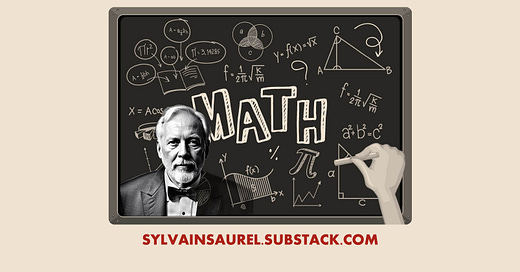No, Warren Buffett Is Not the Best Investor of All Time. That Unofficial Honor Goes to James Simons.
The story of the father of quantitative finance will teach you two key lessons.
Google is the reference search engine. By far!
When you want to find the answer to a question, your first reflex is to go to Google and type in your query. Google is so much a part of everyday life that many people no longer even say they are searching the Web, but simply “Googling”.
When it comes to determining who is the best investor of all time, you m…
Keep reading with a 7-day free trial
Subscribe to Sylvain Saurel’s Newsletter to keep reading this post and get 7 days of free access to the full post archives.




